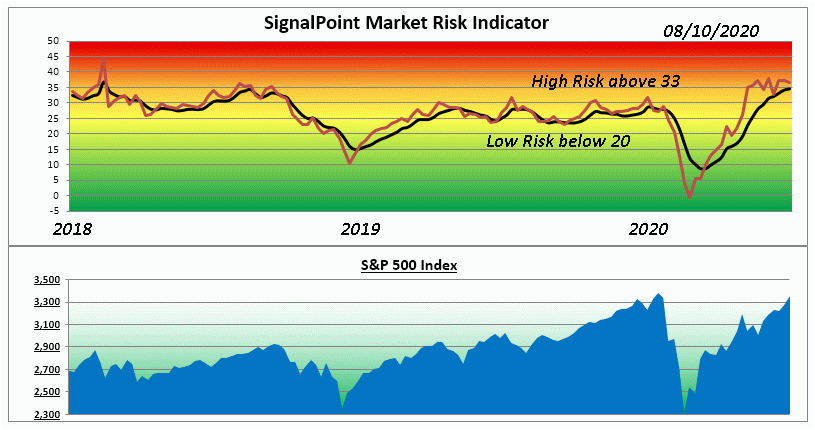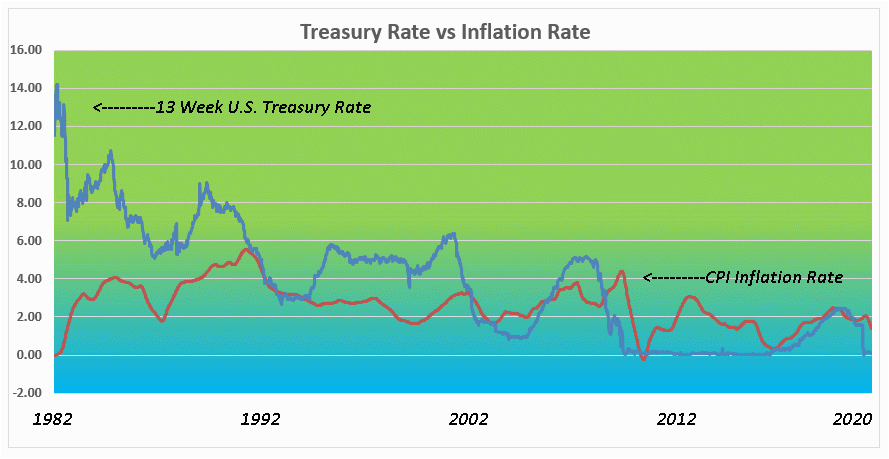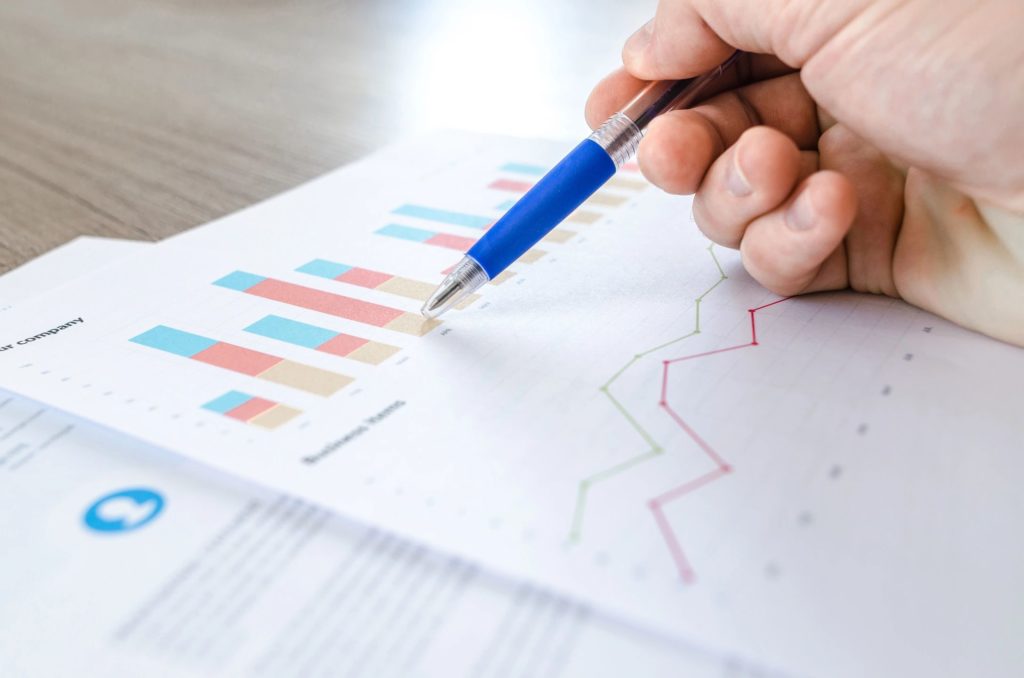From Chief Investment Officer Tom Veale,
“This week’s Market Risk Indicator reports another rise of one point to 35. This is two points into its bearish territory. The MRI Oscillator is showing a +3 which indicates modest continuing upward risk pressure.”

“We see the MRI showing higher risk now at about the same S&P 500 level as we had at the start of 2020. Economic fundamentals have been beaten to pulp by the C-19 pandemic which helps explain higher risk for the same valuations. Two MRI components remain at bearish levels (Speculation and Relative Valuation) while one shows up in its bullish territory (Divergence Index). This is indicative of the overall confusion investors are experiencing.
Over the last two decades as the Federal Reserve began to force interest rates down below market driven levels it became clear that we needed to look beyond the yield of the 13 week Treasury Coupon Rate for something that would better reflect the ‘risk free rate of return.’ Historically, short term treasury rates have been higher than the Consumer Price Index inflation rate. Only rare occasions had shown it otherwise. The last 20 years are the exception. Only briefly since 2000 have we seen interest rates above the reported inflation rate.”

“With a very low risk free rate of return, even low inflation eats up purchasing power. The Value Line Median Yield for those stocks that pay dividends is 2.3% per year. That compares favorably to current inflation and far outweighs short term interest rates. This helps to explain the stock market’s current appeal. The latest 20 years have been particularly hard on those dependent upon fixed income for living expenses.”
The Market Risk Indicator is an assessment tool that serves as a guide through all markets as to the prudent use of a liquid cash cushion. It helps determine an approximation of the amount of cash reserve relative to a diversified equity portfolio. (this is depicted by the graph above)
At times of high risk in the market, the MRI will suggest a higher level of cash reserve. At times of low market risk, the MRI will suggest a lower level of cash reserve. This investment process helps to measure and manage market risk.
Because of this, the fear associated with the uncertainty of the market can be replaced by the security of a sound investment strategy.



